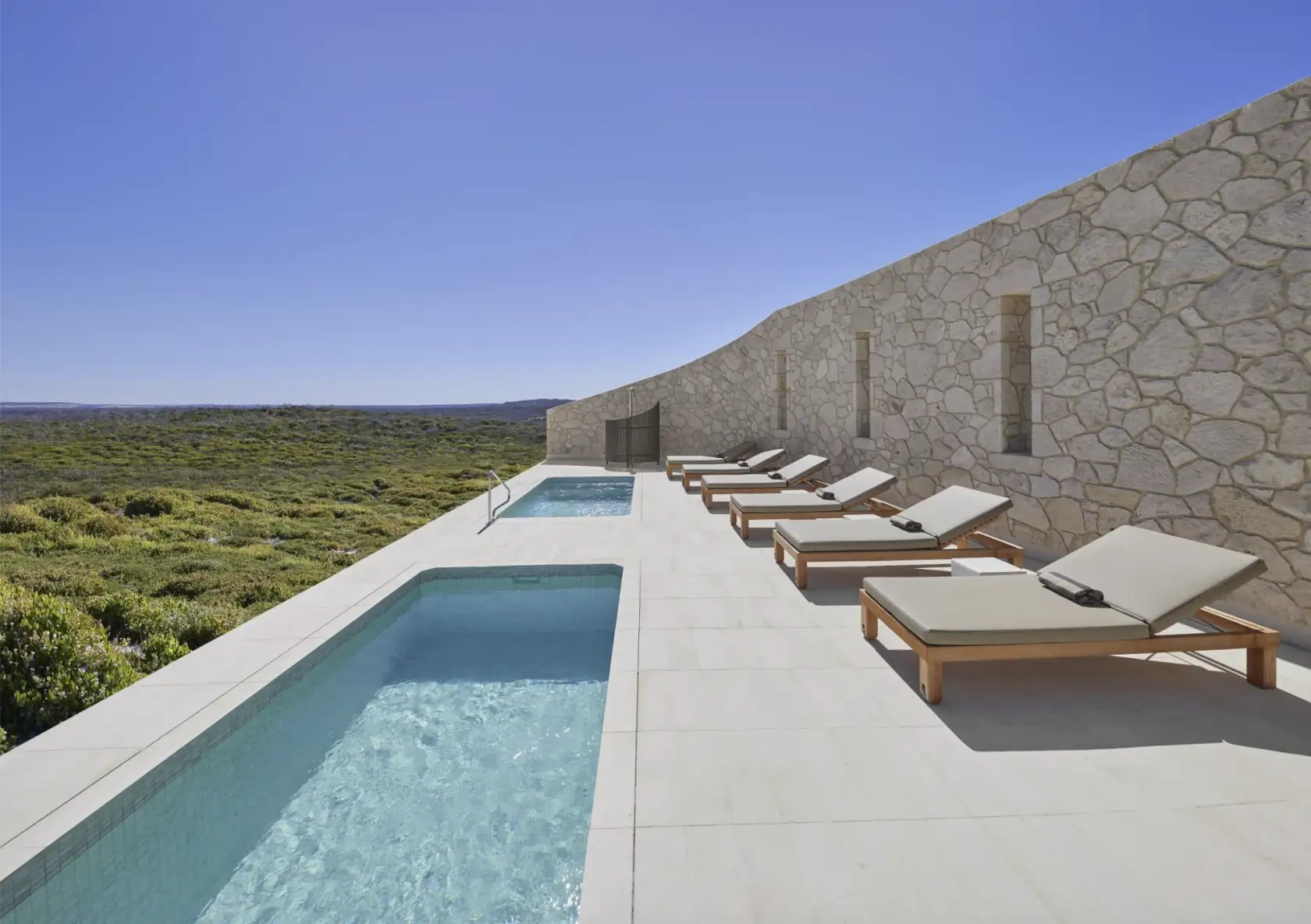

Anatomy of a swimming pool
In our ‘Anatomy of a Swimming Pool’ article series we check out the various parts and systems that make up your swimming pool. In this issue, we’re looking at the separate elements of pool fencing – what they are, what they do and why each is important.
Australia takes pool safety very seriously, as evidenced through our strict fencing regulations. While largely governed by the Australian Standard for pool fencing (AS1926.1 – 2012), there are many local variations effected under legislation at a state or territory level. For comprehensive information on pool fencing rules – including the applicable standard and complete barrier law details for each Australian state and territory – see the Tips & Tricks section under Pool & Spa Owners on the SPASA website.
In this article, we delve into each of the components of a pool fencing system and see how they form a critical aspect of swimming pool safety.
1. The gateway to safety: pool gates
The gate is the access point to the swimming pool area, but it’s more than just a portal for entry – it’s a critical element of the overall safety barrier system. Australian regulations dictate that pool gates must be self-closing and self-latching. While the self-closing feature prevents unintended access to the pool area, the self-latch mechanism adds an extra layer of safety by ensuring the gate remains securely closed once someone has entered and it has closed behind them.
Choosing a high-quality pool gate is essential, as it needs to withstand the harsh Australian climate as well as meeting stringent safety standards. This is not an area to skimp. Corrosion-resistant materials, such as powder-coated aluminium, stainless steel or glass ensure durability over time and can withstand the constant coming and going.
2. The silent workhorse: gate hinges
Behind every smoothly operating pool gate lies a set of hinges that bear the weight of safety. Hinges play a pivotal role in the functionality and longevity of the gate, so this is another area where investment in a quality solution pays dividends.
Using adjustable hinges allows for precise alignment of the gate, which ensures it closes securely every time. This not only safeguards residents and visitors to your property, but also guarantees compliance with applicable regulatory requirements.
Hinges constructed from corrosion resistant materials stand a better chance against exposure to pool chemicals and the harsh outdoor conditions.
3. The mechanism of security: gate closures
While hinges enable movement, closures are the mechanism that ensures the gate remains closed and securely latched. Various types are available, including hydraulic or spring-loaded options. Today’s soft close options are a welcome addition, for those of us driven to distraction after years of listening to pool gates slam shut. Happily, there are retrofit options for those still suffering from spring-loaded slams. A soft and smooth closure also reduces wear on gate hinges.
Regardless of the type, the closure mechanism must meet applicable Australian safety standards. Regular maintenance is also essential to ensure the proper functioning of the closure over time.
4. The unyielding barrier: Fencing
Fencing is the backbone of a pool safety barrier. It acts as a continuous barrier around the pool perimeter, ensuring that access is limited and controlled. The height, design, and construction of the fence are all regulated to prevent unauthorised access and enhance overall safety.
Common materials for pool fencing include aluminium, glass and steel, each offering a combination of durability, visibility, and aesthetic appeal. The spacing between fence components, such as vertical bars, is carefully regulated to prevent climbing and ensure the effectiveness of the barrier.
Ensuring compliance for peace of mind
In Australian residential environments, adherence to pool safety regulations is not a choice but a legal requirement. Homeowners must ensure that their pool enclosure includes all the necessary components – gates, hinges, closures, and fencing – and that they are installed and maintained according to regulations.
To find a fencing supplier and installer or a pool barrier inspector in your area, visit the POOL & SPA Lifestyle website, click on Find a Provider and filter the required categories.
